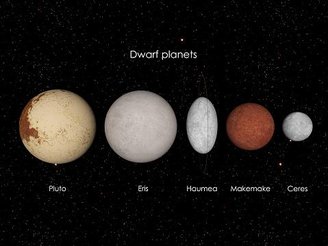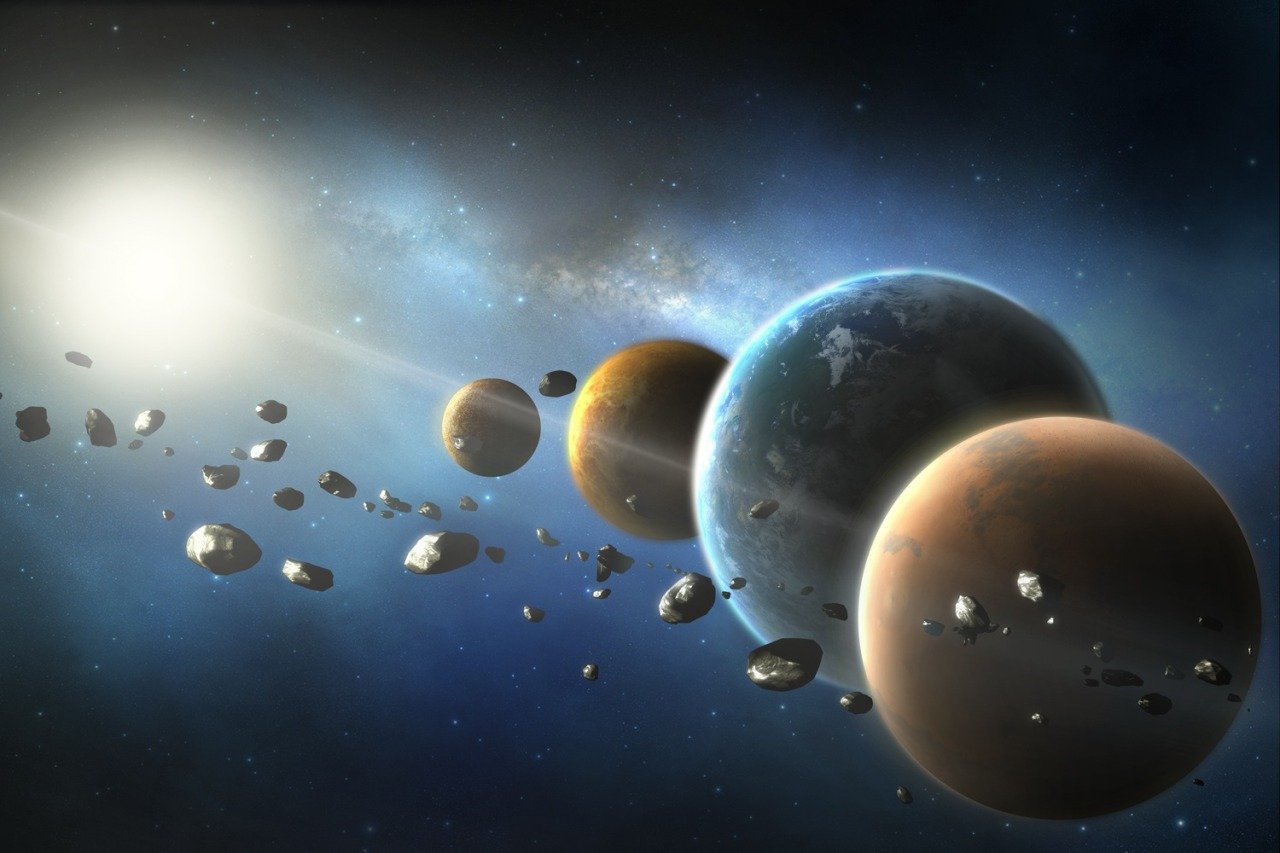As our power of observation develops, scientific facts are constructed. Today, we swear there are eight planets orbiting the Sun in our solar system, and we’re absolutely right, at least so far. But a few years ago anyone who nailed fifteen planets would get an A on their Astronomy exam. This brings us to the question: Where are the seven missing planets?
Although there are approximately more than a billion objects larger than one meter in diameter orbiting our central star, today only eight of them are in the planet category. When the International Astronomical Union (IAU) met for the last time in 2006 to determine the parameters that define a planet, Pluto began to be considered a dwarf planet, along with Ceres, Haumea, Makemake and Eris.
At the meeting where Pluto was demoted, the IAU defined three basic requirements for an object in the solar system to receive the title of planet. The first of these, naturally, is to revolve around the Sun; This leaves out of the discussion more than 200 natural satellites, no matter how large, such as Jupiter’s larger-than-Mercury Ganymede.
What objects in the solar system are considered planets?
In addition to orbiting the Sun, a real planet must reach hydrostatic equilibrium, meaning that the gravitational force pulling its material toward the center is balanced by the internal pressure of the material pushing it outward. In short: it needs to be more or less global.
The last criterion is the most controversial: A planet must clear its orbit of other material. This means that it should be the main and undisputed contributor in terms of mass to the set of objects with which it shares its orbit. Pluto, which has about 7% of the mass of all the objects it shares its orbit with, “danced” on it.
Seems a bit contradictory When Jupiter is observed to have numerous Trojan asteroids in orbit around the sun that coexist with the planetTheir diameters vary from a few meters to kilometers. However, when added together, these do not represent even one thousandth of a percent of the total mass in the planet’s orbit.
After all, what were the 15 planets in the solar system and where are they?

In addition to the eight official planets today, in addition to the already mentioned Ceres, Haumea, Makemake, and Eris, we now have Pluto, which was and continues to be a planet for most people reading this article. Like This results in a total of 13 planetsBut there are still two people left to go.
The two planets that remain ‘lost’ in scientific simulations of the formation of the Sun may have been destroyed by past collisions, or perhaps they are some of the asteroids that normally orbit the sun within the Kuiper Belt. .
Did you like the content? Stay up to date with more topics like this at TecMundo and get to know the three new gods of our universe confirmed by the James Webb Space Telescope.
Source: Tec Mundo
I’m Blaine Morgan, an experienced journalist and writer with over 8 years of experience in the tech industry. My expertise lies in writing about technology news and trends, covering everything from cutting-edge gadgets to emerging software developments. I’ve written for several leading publications including Gadget Onus where I am an author.











